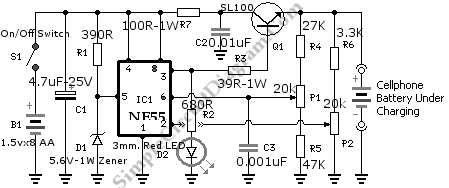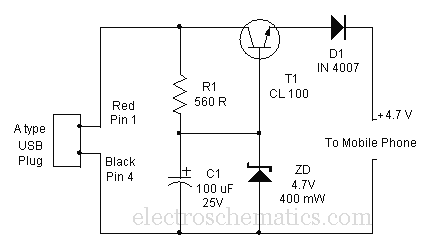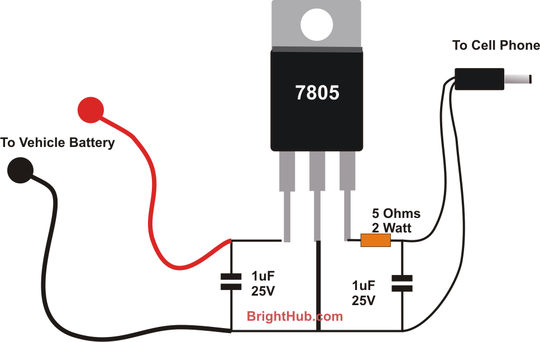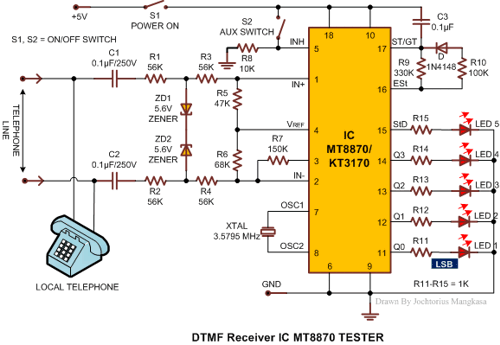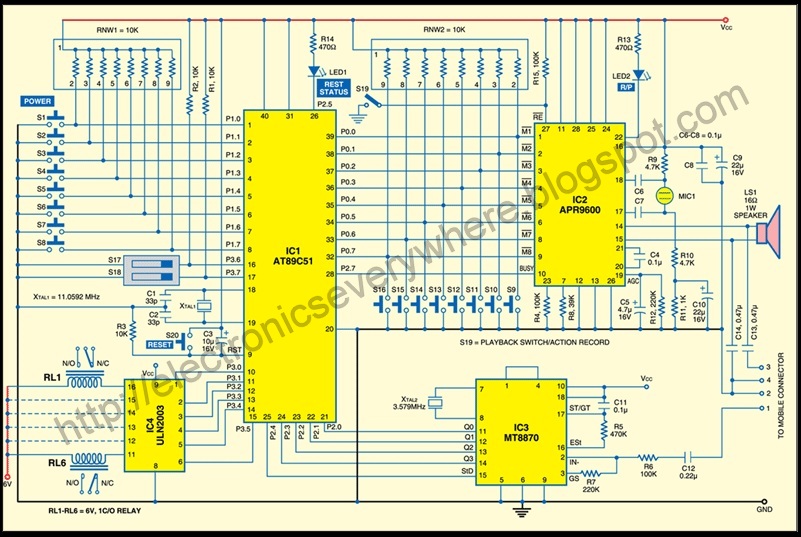
CELLPHONE SERVICE-PHANI BUGUDUR

A schematic diagram is a layout of symbols and connections of every electronic component in a circuit, serving as a guide on how the circuit functions. Learning to read it may initially seem challenging; however, expertise in cellphone repair is unattainable without this skill. Many cellphone repair technicians lack the ability to interpret schematic diagrams and often resort to finding free solutions online. Those who provide these solutions typically possess the knowledge to read schematic diagrams. This presents an opportunity to acquire this skill and become a proficient troubleshooter for hardware issues.
To begin, it is essential to download service schematic diagrams for various cellphone products, as each unit has specific diagrams. For instance, opening the schematic diagram for the Nokia N70 reveals several pages of information. Page 2 contains a block diagram of the RF (Radio Frequency) and baseband components, illustrating the overall connections within the circuit. The term "baseband" refers to signals and systems with a frequency range starting from zero up to a maximum bandwidth, often synonymous with lowpass and contrasting with passband or RF signals. RF encompasses frequencies from approximately 3 Hz to 300 GHz, primarily associated with oscillations in electronic circuits.
Page 3 presents the system connectors and components related to user interfaces, such as the headset, charger, and USB connections. Page 4 details the power management circuit, audio codecs, drivers, and interfaces, including the microphone, earpiece, mouthpiece, SIM card, and battery connections, which constitute the power supply area of the entire circuit. Page 6 focuses on the processing applications, including the Flash IC and memory storage for applications and firmware. Page 10 illustrates the RF components circuit, detailing the processes involved in transmitting and receiving radio frequency signals. Finally, page 12 features a table listing every component mounted on the PCB (Printed Circuit Board), identified by codes such as Rxxx for resistors and Cxxx for capacitors.
Given the context of mobile phone circuits, the discussion will center on the symbols used in these diagrams. Unlike larger electronics, cellphone circuits often comprise numerous integrated circuits (ICs), allowing for compact designs that save space while accommodating extensive circuit connections within a small area. A layout of each component and its appearance when mounted on a PCB is also included to facilitate understanding.Schematic Diagramis a layout of symbols and and connection of every electronic components circuit where serve as a guide on how the circuit function or work. Learn how to read it. At first you might think that it is hard to do so, You are not going to be an experts and master in cellphone repair as long as you don`t know how to read it.
Many among cellphone repairman exist nowadays that do not have any knowledge about reading it. They always rely on finding free solutions over the internet and forums. Those people who give free solutions are those people who knows how to read a schematic diagram. Now here`s your chance to learn and do not rely unto others, and be an expert and master troubleshooter when it comes to hardware problems. 1. You need to download service Schematic Diagrams, as many or complete package in every cellphone products.
each unit of a product have specific service diagrams. Now assuming that you already have those I`ve mention above; Let`s try to open up one file like for example we are going to open a schematic diagram of Nokia N70. B. page 2, In this page is a block diagram of anRF and Baseband:this is a basic explanation of the entire connection of a circuit.
It was called a block diagram for it is being drawed into blocks. In telecommunications and signal processing, baseband is an adjective that describes signals and systems whose range of frequencies is measured from zero to a maximum bandwidth or highest signal frequency; it is sometimes used as a noun for a band of frequencies starting at zero. It can often be considered as synonym to lowpass, and antonym to passband, bandpass or radio frequency (RF) signal.
Radio frequency (RF) is a frequency or rate of oscillation within the range of about 3 Hz to 300 GHz. This range corresponds to frequency of alternating current electrical signals used to produce and detect radio waves.
Since most of this range is beyond the vibration rate that most mechanical systems can respond to, RF usually refers to oscillations in electronics circuits. C. page 3, here we can find thesystem connectorsand parts of the unit that correspond to the user or outer parts such us headset, charger and USB connection interfaces.
D. page 4, Thepower management circuit, audio codecs and driversand the interfaces like the microphone, earpiece, mouthpiece, vibrator, sim-card, battery connections. This is the Power Supply Area of the entire circuits. F. page 6, This is the part of the circuit where the all application is being process, Flash IC and memories, this also where application and firmware are being stored.
J. page 10, this is the RF components circuit, In this page the RF or the process of a network during Transmitting and Receiving Radio Frequency signals. L. page 12, This is where the table of each and every components is mounted on the PCB board written in codes, like Rxxx - resistorr, Cxxx - Capacitor and etc.
Since we are talking about mobile phone`s circuit here, we are going to tackle only on its symbols being used herein, unlike in some major electronics components which have a lot of component symbols. Mostly, because Cellphone circuits have a lot of Integrated Circuit ( IC ) meaning the circuits is being compact into a smaller circuit to produce, and save a very small space to put a huge circuit connection into one tiny piece of circuits.
I have inserted the Layout of each component and how it`s look`s like mounted on a PCB ( Printed Circuit Board) for better and easiest way of understanding. 🔗 External reference
To begin, it is essential to download service schematic diagrams for various cellphone products, as each unit has specific diagrams. For instance, opening the schematic diagram for the Nokia N70 reveals several pages of information. Page 2 contains a block diagram of the RF (Radio Frequency) and baseband components, illustrating the overall connections within the circuit. The term "baseband" refers to signals and systems with a frequency range starting from zero up to a maximum bandwidth, often synonymous with lowpass and contrasting with passband or RF signals. RF encompasses frequencies from approximately 3 Hz to 300 GHz, primarily associated with oscillations in electronic circuits.
Page 3 presents the system connectors and components related to user interfaces, such as the headset, charger, and USB connections. Page 4 details the power management circuit, audio codecs, drivers, and interfaces, including the microphone, earpiece, mouthpiece, SIM card, and battery connections, which constitute the power supply area of the entire circuit. Page 6 focuses on the processing applications, including the Flash IC and memory storage for applications and firmware. Page 10 illustrates the RF components circuit, detailing the processes involved in transmitting and receiving radio frequency signals. Finally, page 12 features a table listing every component mounted on the PCB (Printed Circuit Board), identified by codes such as Rxxx for resistors and Cxxx for capacitors.
Given the context of mobile phone circuits, the discussion will center on the symbols used in these diagrams. Unlike larger electronics, cellphone circuits often comprise numerous integrated circuits (ICs), allowing for compact designs that save space while accommodating extensive circuit connections within a small area. A layout of each component and its appearance when mounted on a PCB is also included to facilitate understanding.Schematic Diagramis a layout of symbols and and connection of every electronic components circuit where serve as a guide on how the circuit function or work. Learn how to read it. At first you might think that it is hard to do so, You are not going to be an experts and master in cellphone repair as long as you don`t know how to read it.
Many among cellphone repairman exist nowadays that do not have any knowledge about reading it. They always rely on finding free solutions over the internet and forums. Those people who give free solutions are those people who knows how to read a schematic diagram. Now here`s your chance to learn and do not rely unto others, and be an expert and master troubleshooter when it comes to hardware problems. 1. You need to download service Schematic Diagrams, as many or complete package in every cellphone products.
each unit of a product have specific service diagrams. Now assuming that you already have those I`ve mention above; Let`s try to open up one file like for example we are going to open a schematic diagram of Nokia N70. B. page 2, In this page is a block diagram of anRF and Baseband:this is a basic explanation of the entire connection of a circuit.
It was called a block diagram for it is being drawed into blocks. In telecommunications and signal processing, baseband is an adjective that describes signals and systems whose range of frequencies is measured from zero to a maximum bandwidth or highest signal frequency; it is sometimes used as a noun for a band of frequencies starting at zero. It can often be considered as synonym to lowpass, and antonym to passband, bandpass or radio frequency (RF) signal.
Radio frequency (RF) is a frequency or rate of oscillation within the range of about 3 Hz to 300 GHz. This range corresponds to frequency of alternating current electrical signals used to produce and detect radio waves.
Since most of this range is beyond the vibration rate that most mechanical systems can respond to, RF usually refers to oscillations in electronics circuits. C. page 3, here we can find thesystem connectorsand parts of the unit that correspond to the user or outer parts such us headset, charger and USB connection interfaces.
D. page 4, Thepower management circuit, audio codecs and driversand the interfaces like the microphone, earpiece, mouthpiece, vibrator, sim-card, battery connections. This is the Power Supply Area of the entire circuits. F. page 6, This is the part of the circuit where the all application is being process, Flash IC and memories, this also where application and firmware are being stored.
J. page 10, this is the RF components circuit, In this page the RF or the process of a network during Transmitting and Receiving Radio Frequency signals. L. page 12, This is where the table of each and every components is mounted on the PCB board written in codes, like Rxxx - resistorr, Cxxx - Capacitor and etc.
Since we are talking about mobile phone`s circuit here, we are going to tackle only on its symbols being used herein, unlike in some major electronics components which have a lot of component symbols. Mostly, because Cellphone circuits have a lot of Integrated Circuit ( IC ) meaning the circuits is being compact into a smaller circuit to produce, and save a very small space to put a huge circuit connection into one tiny piece of circuits.
I have inserted the Layout of each component and how it`s look`s like mounted on a PCB ( Printed Circuit Board) for better and easiest way of understanding. 🔗 External reference
